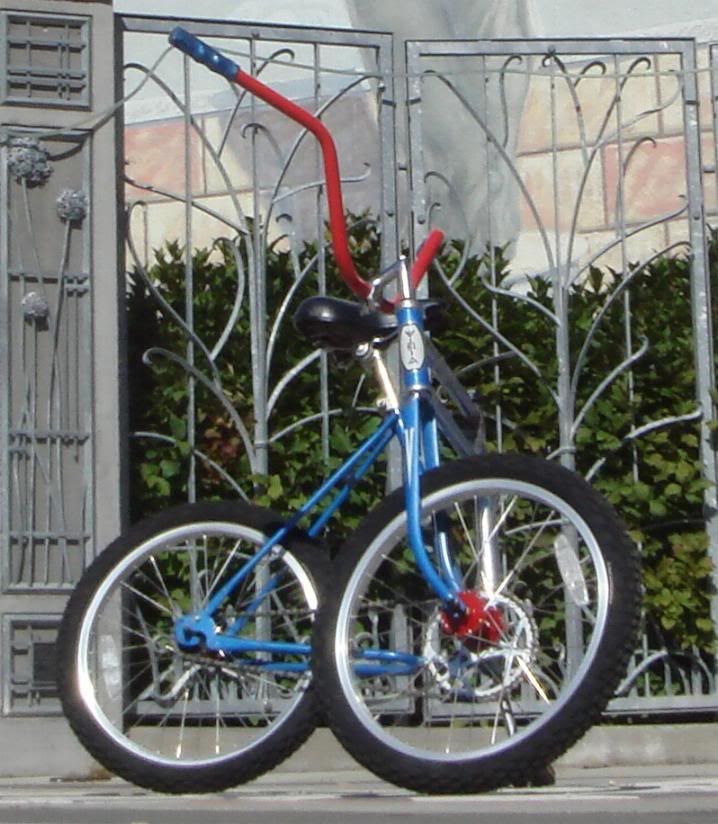The same stuff everyone else is saying and personal taste.
Here is a trick that I use and I learned it from canoeing. I will try to explain the theory that helped me figure out what I liked and didn't like in the bike bars.The indians from the northern New England area not only used the beaver tail blade design but also had a three or more pear shaped grips that tapered in size as they decended down the shaft. They did not hold the top as you would the T-grip but held it in a side ways manner. Left arm held shoulder high across the chest with palm facing forward, thumb down, grab the paddle shaft in this manner. The purpose of this is that when using the J-stroke to keep the canoe in a straight line you have to twist the shaft and holding this way you put the least amount of stress on your wrist. To top this off they would hold their bodies in a slight angle to the side and with a firm grip with the lower hand would pull back a little and bend their body forward makeing the stronger back muscles do the work. Boring history channel but the point is they put the least amount of strain on the weakest point, their wrist. They could paddle all day and using the J-stroke keep the canoe going in a straight line and never shift the paddle to the other side. Amazing :| but true.
So here the part that the native americans would have figured out if they invented the ape hanger bars. Sit on your bike and hold your arms out as if you were holding the grips on your bars. How high and wide is what feels natural to you. Notice what position your wrist are when there in a natural position. My friend you have just invented the most perfect bars custom made for you. They feel as good as they look.
"Dang you got some cool bars there son, where did you get them?" 8)
GL







































